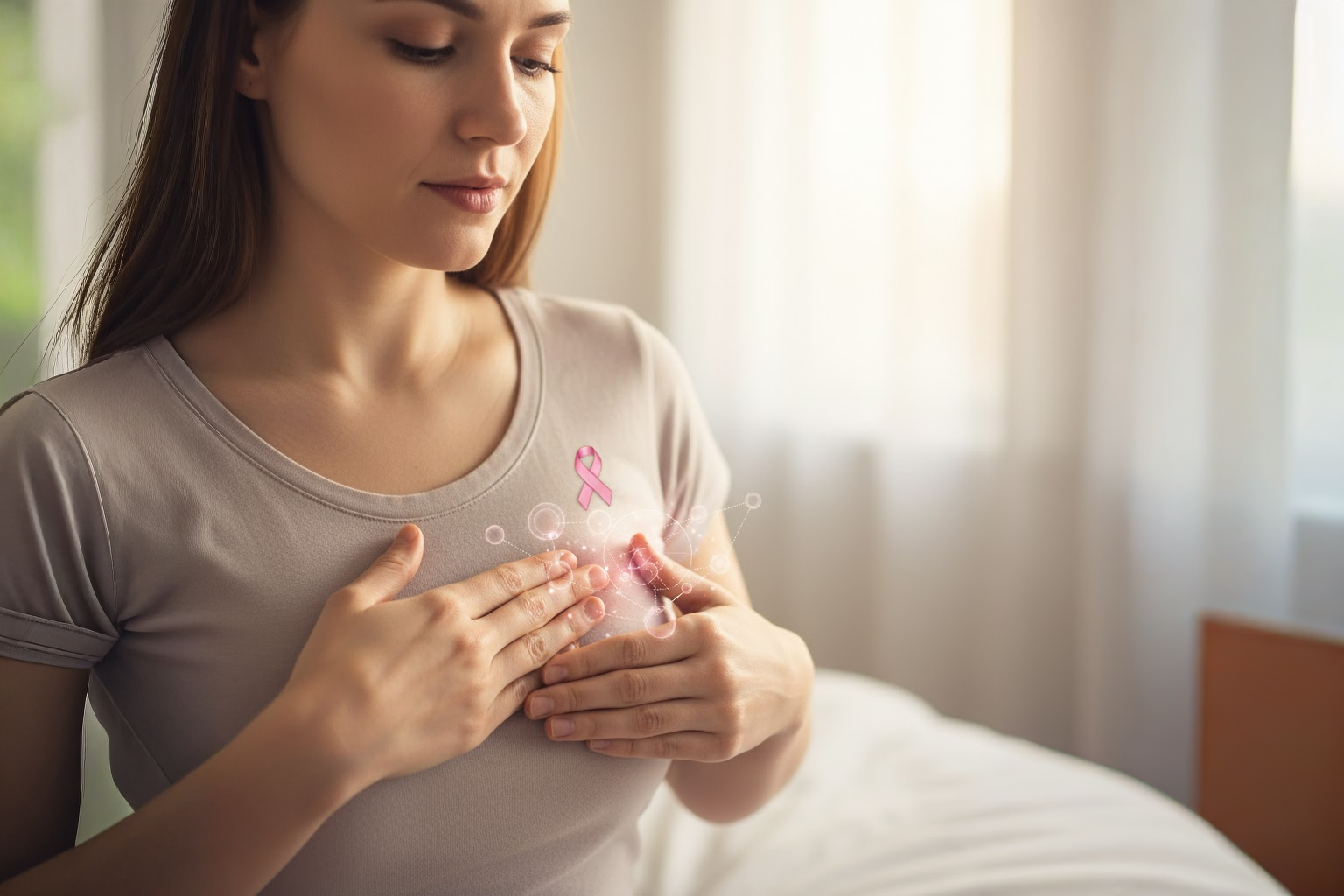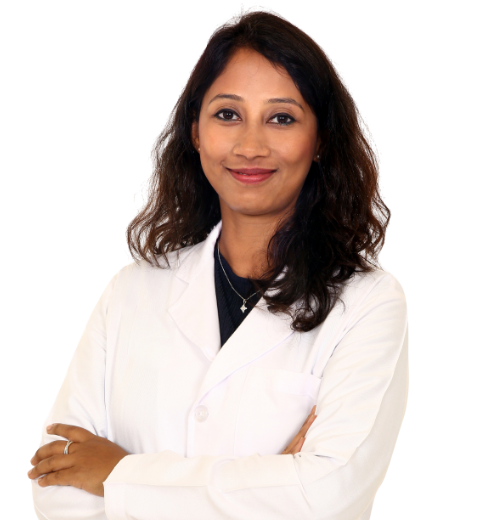Introduction
Breast cancer is one of the most common cancers affecting women worldwide. The good news? When detected early, it’s also one of the most treatable. Recognizing the early symptoms of breast cancer can make all the difference in improving survival rates and treatment outcomes.
This guide will help you understand what to look for, what increases your risk, and why regular screenings are so important.
Early detection is the strongest defense against breast cancer. The disease often begins with subtle physical changes that may go unnoticed without awareness or regular checkups. By understanding these early warning signs, individuals can take timely action and significantly increase their chances of successful treatment.
What is Breast Cancer?
Breast cancer develops when abnormal cells in the breast begin to grow uncontrollably, forming a tumor. It most often starts in the milk ducts or lobules, the glands that produce milk.
While it primarily affects women, men can also develop breast cancer, though it’s far less common.
If left untreated, the cancer can spread beyond the breast through blood vessels or lymphatic channels — a process known as metastasis.
Early Symptoms of Breast Cancer
The early symptoms of breast cancer can vary from person to person. Some women may notice clear changes, while others experience no noticeable symptoms at all. That’s why regular screening is critical.
Here are the common early signs to watch for:
- Changes in the size or shape of the breast: Any unusual swelling, shrinkage, or distortion of the breast’s natural shape could indicate a problem.
- Skin dimpling or texture changes: Skin that appears puckered or looks like the surface of an orange (known as peau d’orange) can signal underlying cancer growth.
- Inverted or retracted nipple: A nipple that suddenly turns inward or changes position without obvious cause can be an early sign of breast cancer.
- Nipple discharge: Any discharge other than breast milk, especially if it’s bloody or clear, should be examined by a healthcare provider.
- Swelling or lumps near the armpit or collarbone: These may indicate that cancer cells have reached nearby lymph nodes.
Note: Not all lumps are cancerous, but every lump should be evaluated by a doctor.
Risk Factors for Breast Cancer
Anyone can develop breast cancer, but certain factors can increase your risk. Some of these can be managed, while others cannot.
Common Risk Factors Include:
- Age: The risk increases as you get older.
- Family history: Having a close relative (mother, sister, or daughter) with breast or ovarian cancer raises your risk.
- Genetic mutations: Mutations in genes like BRCA1 and BRCA2 significantly increase risk.
- Hormonal factors: Long-term use of hormone therapy after menopause can elevate risk.
- Lifestyle habits: Limited physical activity, poor diet, smoking, and alcohol consumption can all contribute.
Understanding your personal risk profile helps guide preventive strategies and screening frequency.
Breast Cancer Detection
Early detection saves lives. Regular screenings can find breast cancer before symptoms appear — when it’s most treatable.
Ways to Detect Breast Cancer Early
- Self-examination: Perform a monthly self-check to familiarize yourself with your breasts’ normal look and feel. Report any unusual changes to your doctor.
- Clinical breast exam: Conducted by a healthcare professional during a routine check-up.
- Mammogram: The most effective screening tool for early detection. It can reveal tumors too small to feel.
- Ultrasound or MRI: Often used alongside mammograms for more detailed imaging, especially in high-risk individuals.
Tip: Women over 40 should typically have a mammogram every 1–2 years, but your doctor may recommend earlier or more frequent screenings based on your risk factors.
Importance of Regular Check-Ups
Routine breast screenings play a vital role in detecting breast cancer early — often before symptoms even appear.
Why Screenings Matter
- Early detection saves lives. Finding cancer in its earliest stages allows for more effective and less invasive treatment.
- Mammograms are key. Regular mammograms can identify abnormalities long before they can be felt.
- Self-exams increase awareness. Performing monthly self-breast exams helps you become familiar with what’s normal for your body.
Your healthcare provider can help determine how often you should get screened based on your age, family history, and personal risk factors.
FAQs
Q1: What are the first signs of breast cancer?
The first signs can include a new lump in the breast or underarm, swelling of part of the breast, dimpling of the skin, or nipple changes such as discharge or inversion.
Q2: Can breast cancer be detected early?
Yes. Through regular mammograms, self-exams, and awareness of your body’s changes, breast cancer can often be detected at an early, more treatable stage.
Q3: Are all breast lumps cancerous?
No. Many lumps are benign (non-cancerous), such as cysts or fibroadenomas. However, only a medical evaluation can determine this, so it’s best not to ignore any new lump.
Q4: Can men develop breast cancer?
Yes, although rare. Men should also be aware of unusual lumps, nipple discharge, or changes in the chest area.
Conclusion
Recognizing the early symptoms of breast cancer and prioritizing regular screenings are key steps in protecting your health. Awareness, education, and proactive care can save lives — including your own.
If you notice any changes in your breast’s appearance or feel, don’t wait. Consult your healthcare provider immediately.
Remember: Early detection is the most powerful weapon in the fight against breast cancer.





